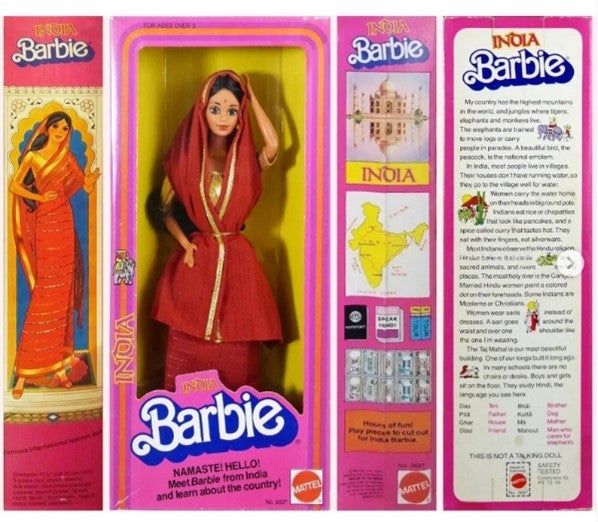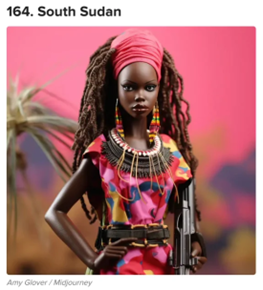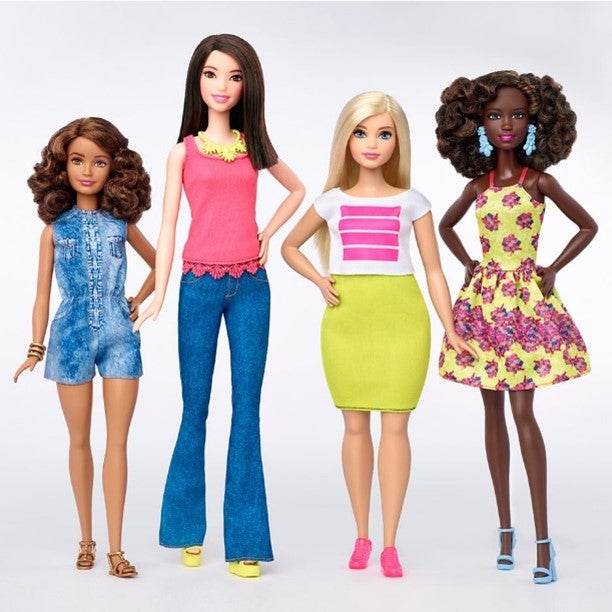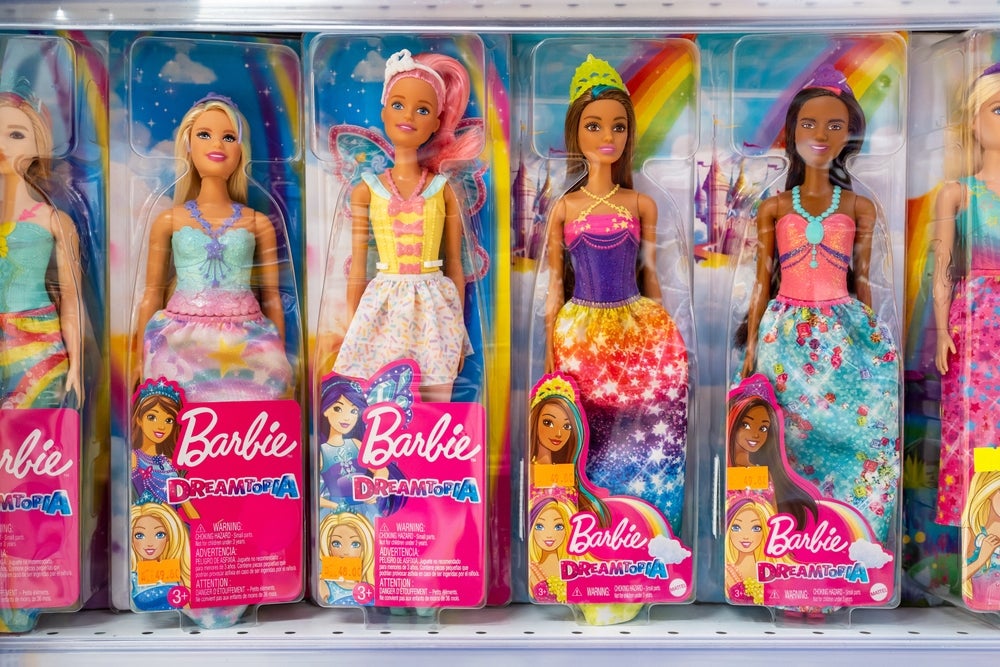Following our recent ethical review of Oppenheimer and the inevitable connection to generative AI, this article will discuss the ethical controversy surrounding Barbie.
The exceptional success of the movie—director Greta Gerwig became the first woman to lead a movie exceeding the billion-dollar mark at the box office—will impart a positive message to the viewers on the new societal norms of gender and equality. It conveys a strong feminist message, one that is still relevant in 2023 across nations, cultures, and collectives. And yet, this movie is ethically wrong, despite the justice it can do.
Before delving into the movie’s ethical message, it is crucial to understand the doll’s evolution over the years. Broadly speaking, the Barbie doll has controversial roots in the self, the cultural, and the technological. It promotes unrealistic body images across female youth and hijacks all other non-Barbie-looking portrayals, especially across diverse audiences.
Mattel’s illusion of representative Barbies, yet starved and biased
Despite the ideal portrayal of cinematic Barbie, the doll’s origins are highly disturbing. The Slumber Party Barbie of 1965 included a scale set to just 110lbs. It also came with a diet guide, which directed readers to starve themselves to retain their ideal weight. In 1992, the Teen Talk Barbie was programmed to say several phrases using a button, and not just be static. However, one of the phrases was: “Math class is tough”, perpetuating the biased alienation of female youth from Stem.
Moreover, Mattel attempted to develop more diverse doll categories as part of its Dolls of the World series, to reach more markets and audiences. As Barbie represents the unfulfilled fantasy of female youth, these biases have increased the protest against Barbie’s cultural expansion and commercialisation. Most of these dolls received public backlash as they were still American-looking, and their box descriptions contained racist messages.
Attempted diversity and backlash
For instance, numerous studies have discussed the contradiction between Barbie’s hyper-sexualised identity and Indian cultural norms, leading Mattel to remove the doll from the market. Crucially, the Indian version of the doll had relatively similar physical features to the original American doll, aside from skin and eye color.

US Tariffs are shifting - will you react or anticipate?
Don’t let policy changes catch you off guard. Stay proactive with real-time data and expert analysis.
By GlobalDataThe Instagram Account @brownhistoryshop published alarming evidence, showing the Indian Barbie packed in a box covered in foreign stereotypes and offensive misconceptions.

The description on the box suggested the following: “In India, most people live in villages. Their houses don’t have running water, so they have to go to the village [as] well for water. Women carry the water home on their heads in big round pots. Indians eat rice or chapatties that look like pancakes […] They eat with their fingers, not silverware.”
Further on, in 1997, Mattel created the first Barbie to use a wheelchair, called Share-a-Smile Becky. Despite the inclusive message, user feedback reported that the new doll could not enter the door of the original Barbie house with the chair.
In 2010, another problematic doll was released, the Video Barbie. The doll wore a necklace that contained a recording device. This product feature concerned the FBI, as this recording capacity might be used for child pornography.
In addition to Barbie, her sister doll, Skipper, was also disputed, due to improper female sexualization. Crucially, the Growing Up Skipper doll was supposed to teach youth how to grow through puberty. When rotating Skipper’s left arm, her breasts would enlarge and become taller, thus leading to concerns among parents and educators.
Hello (AI) Barbie
Interestingly, Mattel attempted to develop an AI-driven doll in 2015, called Hello Barbie. This talking doll could react using speech recognition software, record words, and transmit data to computer servers, leading to alarming repercussions for young users. The terms of use also indicated that the recordings could be used for product development purposes. Due to legal and ethical threats, the company discontinued the product in 2017.
More recently, Buzzfeed published a questionable list of AI-generated Barbies across 194 nations. Despite the diverse manifestation, the visual outputs exhibited notable racist and cultural biases. Across the outputs, the German Barbie had a Nazi soldier uniform, the Sudanese Barbie was holding a gun, and the accessories of the Vietnamese Barbie symbolized death in most East Asian cultures.

The ethics of 2023 Barbie
On the one hand, the movie puts females at the center, surrounded by pink houses and exceptional professions. Besides the lead Barbie, portrayed by Margot Robbie, there are numerous diverse characters of distinct races, body types, and gender identities, such as President Barbie, played by Black actor Issa Rae.
The increased emphasis on female empowerment and the expansion of Barbie’s expertise into all professions can be perceived as a crucial agent of feminist ethics. Also, Ken’s rebellion and almost satirical interpretation of patriarchal norms exhibit an interesting approach to the traditional feminist discourse. In the hypothetical Barbie world, Ken is second to Barbie, and his interaction with the human world reshapes his thoughts through core male motives.
Nonetheless, this Barbie-Ken fight presents a superficial portrayal of human reality, where individuals of different genders cannot co-exist but fight for supremacy. Only when the central stereotypical Barbie collaborates with her female counterparts can they restore stability and control the Barbie house. In real life, the happy ending does not include one gender solely, inflicting a problematic ethical message for society.
In similarity to the AI discourse, Barbie keeps on complaining that the original human owner is negatively impacting her wellbeing, due to depression and cellulite. Ken discovers men’s supremacy in the real world, the original ‘dataset’, leading him to defy the existing Barbie rules. Therefore, human datasets and origins shape future fantasies and aspirations of a better society. AI scholars and ethicists discuss similar notions, as AI mimics human behavior. Data biases are more likely to be associated with human developers and sociocultural factors, as seen with the above AI-generated barbies.
Have we learned anything over the last few decades?
The ethical issue is not the lack of diversification of the Barbie doll, neither in the movie nor in real life. Alternative dolls were created by Mattel, and the movie cast is relatively diverse, showing a more realistic view of modern females.
However, the choice to cast the biggest stars in the role of the original stereotypical Barbie and Ken is ambiguous. Both Margot Robbie and Ryan Gosling are tremendously talented, and yet the fact that they lead the movie and represent the original look of the American doll shows the superficiality behind this movie’s message in 2023.
Interestingly, Amy Schumer was supposed to be in Robbie’s role and would have diversified the lead role. However, non-official sources report that Schumer had creative disagreements with the production team as she wanted Barbie to be an inventor, while they sought to highlight Barbie as an invention. And that’s all the difference.

We are no longer in a position in which women can be labeled under the same physical figure, across ethnicities, religions, and beliefs. The movie’s tremendous success is therefore alarming; the attempts to create diverse Barbie categories over the years have received substantial criticism and were removed from the markets. But, in 2023, to cross one billion dollars at the box office, all it takes is to cast actors that look like the original, overidealized dolls.
Between AI ethics and Barbenheimer
Both Oppenheimer and Barbie show the destructive power of human aspirations to create a fantasy, a better world for us to live in. While Oppenheimer shows the tragedy of a brilliant man ignoring his moral compass and following his scientific discoveries, Barbie represents the pink utopian world, where humans are a burden to the ‘happily ever after’.
The social impact of AI is heavily related to this message—we outweigh our human label to create an ideal algorithmic illusion. Nonetheless, the original datasets are more likely to pop up and remind us of our non-ideal selves.








